【人気ダウンロード!】 club foot baby treatment 278999-Baby club foot treatment
For the majority of babies, stretching and reshaping the foot is the best treatment option There are a few reliable techniques for treating clubfoot with stretching The most widely used is called the Ponseti method Treatment usually begins as soon as possible after birth, typically within the first week Congenital club foot in the human fetus A histological study J Bone Joint Surg Am 1980 Jan 62 (1)2 Scher DM The Ponseti method for treatment of congenital club foot Curr Opin Pediatr 06 Feb 18 (1)225 Hussain FN The role of the Pirani scoring system in the management of club foot by the Ponseti method If your child has clubfoot, it will make it harder to walk normally, so doctors generally recommend treating it soon after birth Doctors are usually able to treat clubfoot successfully without surgery, though sometimes children need followup surgery later on
Clubfoot Symptoms Stages Definition Description Demographics Causes And Symptoms Diagnosis
Baby club foot treatment
Baby club foot treatment-Clubfoot is a birth defect that makes one or both of a baby's feet point down and turn in Surgery used to be the main treatment for clubfoot, but orthopedic surgeons (doctors who focus on conditions of the bones, muscles, and joints) now preferClubfoot is a deformity in which an infant's foot is turned inward Shriners Hospitals for Children specializes in researchbacked treatment options designed to help children with clubfoot
:max_bytes(150000):strip_icc()/GettyImages-976611000-781e705fad0e43aca41e5f5fc82f7b7e.jpg)



Learn About Clubfoot Deformity In Newborns
Sometimes nonsurgical treatments, such as casting, can correct clubfoot Casting is a method for correcting clubfoot in the hopes of avoiding surgery The Ponseti method is Treatment usually begins in the first couple of weeks after birth since the newborn's tendons and joints are flexible Clubfoot treatments aim to provide better foot appearance and mobility before a baby learns to walk and prevent longterm problems The following are the clubfoot treatments for babies For parents of children completing this treatment program finding clothing items that fit on legs in casts or pajamas that work with a nighttime foot brace becomes a concern Traditional "sleep 'n play" type pajamas with the cute "footies" are off limits with the orthotic device
Treatment for club foot usually starts within a week or two of your baby being born The Ponseti method – Stretching and casting A technique known as the Ponseti method is the most widely used technique in North America and throughout the world, which uses gentle stretching and casting to gradually correct the deformityClubfoot occurs because the connecting structures between the leg and foot are short and too tight causing the foot to twist inward It is unknown what causes clubfoot However, there is an increased risk in families with a history of clubfeet Doctors at Riley at IU Health use a threestep process to treat clubfoot casting, tenotomy and bracingClubfoot is the most common congenital birth defect, affecting an estimated one in every 1,000 newborns Babies born with clubfoot may have it in one or both feet Top of the foot turns inward and downward (foot can appear upside down if turn is severe) Calf muscles don't fully develop above the affected ankle
Clubfoot treatment for kids that is gentle and effective What causes clubfoot?Clubfoot looks like no other condition At birth, the baby's foot or feet are turned down and in They can't be straightened just by trying to move the foot Diagnosing Clubfoot Doctors can see clubfoot on ultrasound images taken after about 4 months of pregnancy At birth, a doctor will examine your baby's feet, arms, hands, hips and legsClubfoot is a deformity of the foot and lower leg It's when one or both feet are turned inward Children with a family history of the condition are more likely to be born with it Clubfoot causes the heel to point downward while the front half of the foot (forefoot) turns inward The foot is usually short and broad in appearance
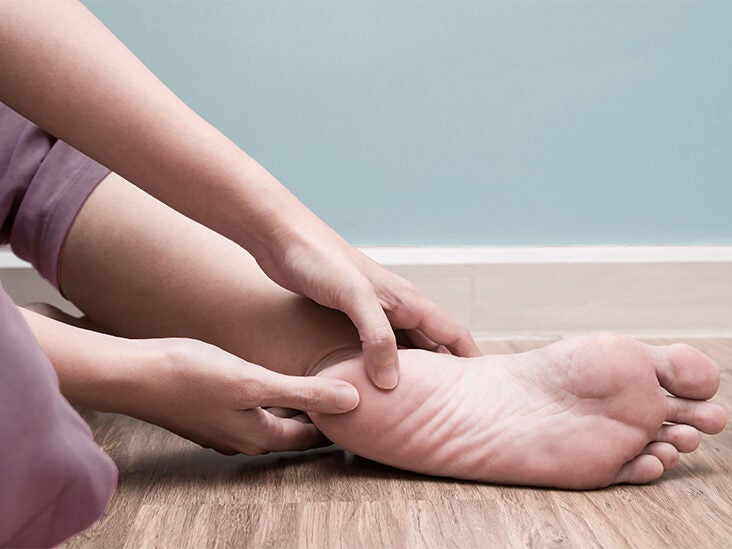



Clubfoot Causes Symptoms And Diagnosis



Ponseti Method Surpasses Surgery For Long Term Clubfoot Outcomes Lerpediatrics Com
Treatment is normally successful and the function as well as the appearance of the foot will show improvement Club Foot Symptoms In the majority of cases, the deformity twists the very top of the baby's foot inward and downward, which turns The foot can't be moved into a normal position Clubfoot can affect one or both feet Clubfoot symptoms If your baby has clubfoot, his foot points downwards and inwards like a golf club The middle section of your baby's foot also twists inwards, which makes the footClubfoot is a birth defect of the foot Some babies have clubfoot together with other health conditions, like spina bifida Clubfoot doesn't improve without treatment Treatment may include pointing, stretching, casting the foot and using braces




Clubfoot Clubfoot Pediatric Interesting Cases And Mcqs Facebook
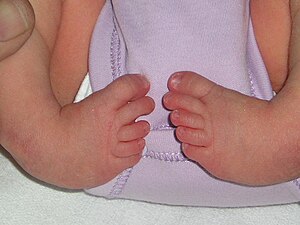



Clubfoot Wikipedia
Treatment most commonly consists of a series of castings for the newborn with frequent cast changes to gradually correct the deformity This takes about two to three months for stretching and casting and then a few more years for bracing The purpose of this treatment is to manipulate the foot/feet into the correct positionClubfoot is a common type of birth defect that affects muscles and bones in the feet Instead of being straight, a clubfoot points down and turns in This twisting causes the toes to point toward the opposite leg A baby can be born with the defect in one or both feet A clubfoot isn't painful and won't cause health problems until a child A baby born with talipes, or club foot, is born with one or both feet turned in and under The condition, affecting 1 baby in every 1,000, is caused by the Achilles tendon at the back of the ankle being too short, and is more common in boys




Clubfoot Global Clubfoot Initiative




Clubfoot Treatment At Kayal Orthopaedic Center In New Jersey
Clubfoot is when a baby's foot points down and turns in This can lead to serious problems with walking That's why we treat kids early — a week or two after birth if possible To get the best results, most babies at Nemours have clubfoot treatment without major surgery Nemours orthopedic specialists (doctors who work with the bones and An alternative to serial casting is a specialized physical therapy treatment program, in which your child undergoes daily stretching and has their clubfoot taped by a physical therapist Once you are trained and ready, you can begin taping your child's foot at homeThe Ponseti Method is proven to deliver excellent results The below images show some of the stages of club foot treatment using the Ponseti method This includes a baby with club feet, casting, wearing the boots and bar, leading to maintenance of feet in the correct position




To Parents Of Children Born With Clubfeet University Of Iowa Stead Family Children S Hospital



Clubfoot Academy Foot And Ankle Southlake Hurst Keller Fort Worth Flower Mound Tx
Husband looked at the photo, said calf has contracted tendon, rather than club foot Other front foot is also contracted a little Could be a mineral deficiency, maybe selenium?It corrects club foot for eight or nine out of 10 babies with talipes If the Ponseti treatment isn't right for your baby or if it doesn't work, another option is physiotherapy A physiotherapist will help your baby with stretches to correct the position of his feetWhen a baby is born with club foot or Talipes, treatment is started as soon as possible This video discusses the plaster casting and shows the support of th




Crowdfunding Brings Clubfoot Treatment To Children In The Developing World Mendeley Blog




Club Foot Talipes In Babies Causes Signs Treatment Youtube
Chapter 14 Africa Clubfoot Training Basic & Advanced Clubfoot Treatment Provider Courses Participant Manual University of Oxford Africa Clubfoot Training Project, 17 ↑ Lourenço AF, Morcuende JA Correction of neglected idiopathic club foot by the Ponseti method Bone & Joint Journal 07 Mar 1;(3)371Pediatric Clubbed Foot Clubfoot, also known as talipes equinovarus, is a congenital (present at birth) foot deformity It affects the bones, muscles, tendons and blood vessels and can affect one or both feet The foot is usually short and broad in appearance and the heel points downward while the front half of the foot (forefoot) turns inwardTreatment that begins in the first weeks of your child's life leads to the best outcomes Although clubfoot can't be prevented, treatments can correct foot alignment and improve range of motion For example, a series of casts can gradually stretch and straighten the foot



1




Clubfoot And Other Foot Defects Children S Health Issues Msd Manual Consumer Version
If a child's clubfoot is resistant to treatment because the Achilles tendon doesn't stretch and grow as much as doctors expected after a percutaneous Achilles tenotomy was performed, doctors may recommend a procedure called Achilles tendon lengthening This procedure allows your child's foot to stretch and grow into the right positionCategories of club foot, on basis of joint motion and ability to reduce the deformities 11 i Soft foot also called postural foot can be treated by physiotherapy and standard casting treatment ii 2 Soft > Stiff foot occurs in 33% of cases It is usually a long foot which is more than 50% reducible and treated with An examination of the feet is an essential component of an evaluation of a newborn A thorough examination can be performed quickly Despite its small size, the newborn foot is a complex structure




Clinical Photographs Showing A The Club Feet Of A 1 5 Month Old Baby Download Scientific Diagram



Club Foot
Straightening the Foot Ideally, treatment begins during the first few weeks of life to take advantage of the favorable elasticity, or suppleness, of the tissues at that age At each weekly visit, your baby's foot will be gently manipulated to stretch the short, tight ligaments and tendons of the ankle and footCalf also has a bad ankle in the back, cocked to the side, using one claw more than the other, on right side He suggested you get a Vet in to look at the whole calfTreatment Your doctor will begin to correct your baby's clubfoot shortly after they're born Babies don't use their feet until they learn to stand and walk, so the goal is



About Clubfoot




When Your Child Has Clubfoot
The treatment for clubfoot consists of two phases Ponseti serial casting and bracing Treatment is always necessary, because the condition does not get better with growthExplore Kendall Rayburn Blog's board "Clubfoot", followed by 94 people on See more ideas about club foot, club foot baby, baby feetYour baby's clubfoot will not get better on its own With treatment, your child should have a nearly normal foot, and he or she can run and play and wear normal shoes The affected foot is usually 1 to 11/2 sizes smaller and somewhat less mobile than the normal foot




Clubfoot In Children Lurie Children S
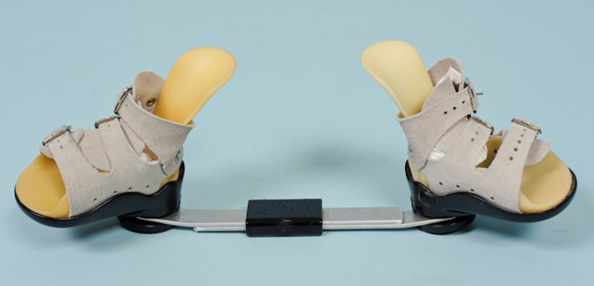



Orthokids Clubfoot
Clubfoot usually happens when the tissues that connect muscles to bone in a baby's leg and foot are shorter than normal This causes the foot to point downward and inward Fortunately, the tumor was not cancerous and I was treated with steroids to shrink the tumor I remained at the hospital for one month for treatment and restClubfoot (congenital talipes equinovarus) Clubfoot, also known as congenital talipes equinovarus, is a common idiopathic deformity of the foot that presents in neonates Diagnosis is made clinically with a resting equinovarus deformity of the foot Treatment is usually ponseti method castingThe New York Ponseti Clubfoot Center at the Center for Children, part of Hassenfeld Children's Hospital at NYU Langone, is staffed by clubfoot specialists who have been trained in the Ponseti method, a minimally invasive treatment approach in which casts and braces are used to gradually correct the position of your baby's foot or feet




Club Foot Nidirect
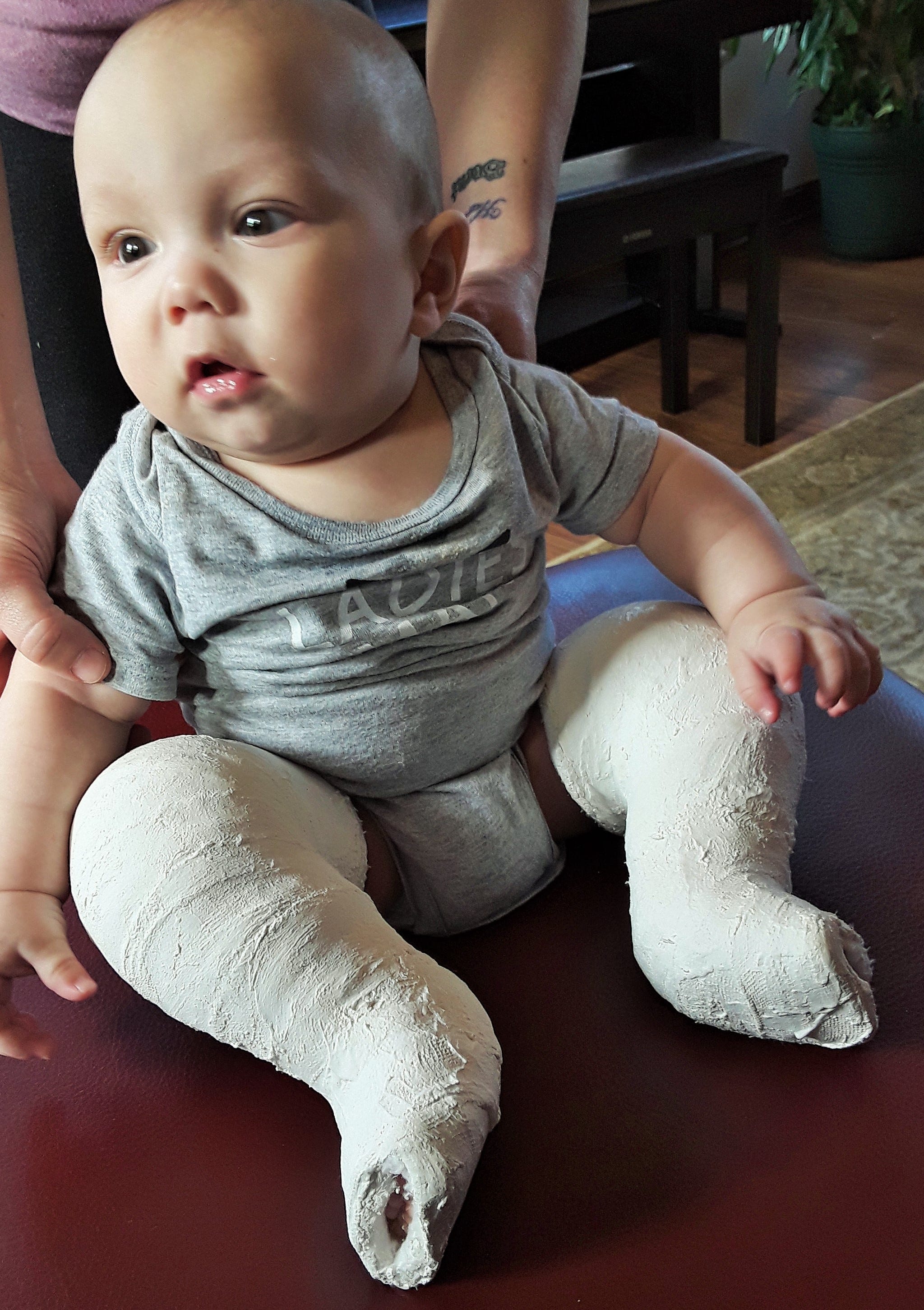



Clubfoot Treatment At Uihc Providing New Hope For Canadian Boy
Club foot Diagnosing club foot Club foot is usually diagnosed after a baby is born, although it may be spotted during the routine Treating club foot Treatment for club foot usually starts within 1 to 2 weeks of your baby being born The main Causes of club foot In most cases the cause ofTreatment can be shortened by changing the plaster casts every five days 2 1/2 months, the baby's feet are corrected After casting, bracing is crucial to maintain the correction and prevent relapses of the clubfoot deformityThe Ponseti Method is a simple, and in skilled hands, very effective method of treating clubfeet It requires only skill, patience and plaster The Doctor takes the baby's foot in his or her hands and stretches the medial ligaments slightly and holds the foot in place while an assistant applies a cast After a week, the first cast is cut away
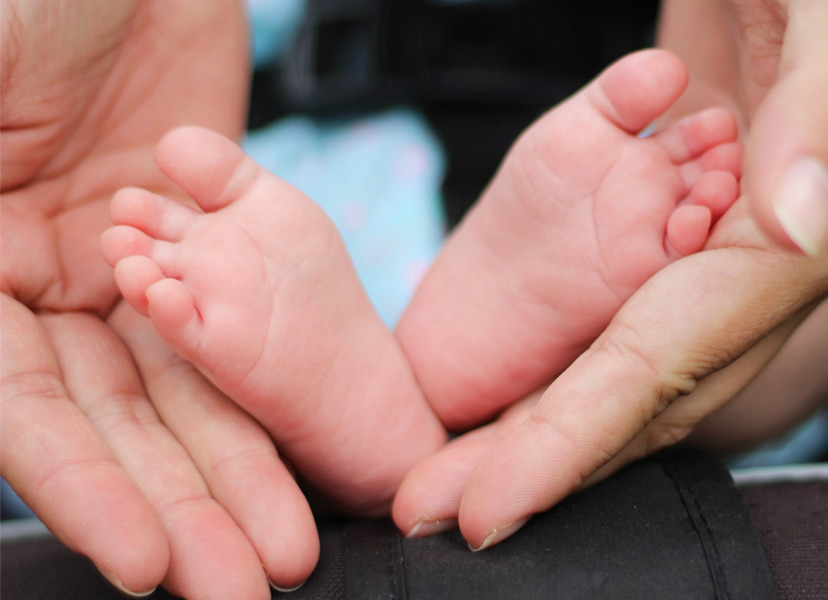



What Is Club Foot




Scots Baby Born With Club Foot Will Spend Three Months Strapped In A Brace To Give Her A Chance Of Walking Normally Daily Record
Explore Elizabeth Bulthuis's board "Clubfoot baby must haves" on See more ideas about baby must haves, club foot baby, club footPonseti method The Ponseti method is the most common and effective clubfoot treatment This treatment uses a series of casts and braces to rotate the baby's foot into a corrected position The foot is rotated externally until it is turned out 6070 degreesIdeally, treatment begins in the first month of a child's life Despite the appearance, clubfoot is not a painful condition for babies Almost all children who receive early treatment are able to run, play, and function quite normally Without treatment, clubfeet do not get better on their own
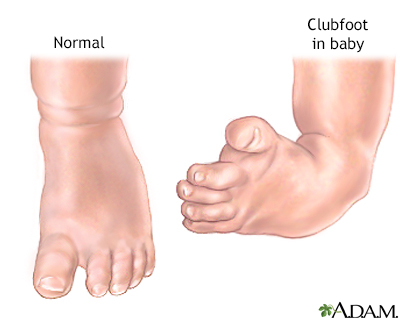



Clubfoot Information Mount Sinai New York



Clubfoot Orthoinfo os
Clubfoot Clubfoot is a birth defect that causes a child's foot to point inward instead of forward The condition is normally identified after birth, but doctors can also tell if an unborn babyTreatment is usually with some combination of the Ponseti method and French method The Ponseti method involves a combination of casting, Achilles tendon release, and bracing It is widely used and highly effective under the age of two The French method involves realignment, taping, and longterm home exercises and night splinting During treatment, an orthopedic surgeon stretches your baby's foot into the correct position and then casts the leg from the foot to the thigh The doctor repositions and casts the foot every week for several weeks After the foot has been fixed, your little one will wear a brace at night for two to three years




Clubfoot Orthopaedia



Clubfoot Symptoms Stages Definition Description Demographics Causes And Symptoms Diagnosis
Surgery may be required to correct the hoof to obtain a positive outcome for your young foal Club foot often affects the forelimbs in most cases, whereby the hoof has a deformed shape, making walking difficult or painful Club Foot Average Cost From 568 quotes ranging from $2,000 $5,000 Average Cost $2,500 Protect yourself and your pet




Clubfoot Diagnosis Treatments Boston Children S Hospital




Club Feet Beauchamp Foot Care Beauchamp Foot Care




Clubfoot Children S Orthopaedic And Scoliosis Surgery Associates Llp




Clubfoot Healthing Ca
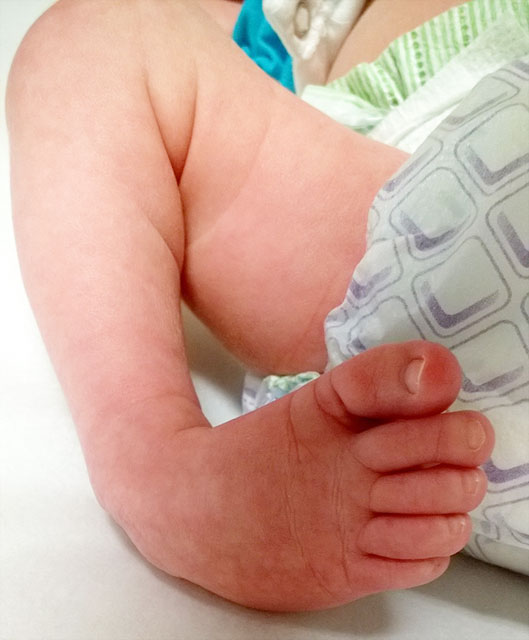



Clubfoot Johns Hopkins Medicine




Clubfoot Boston Children S Hospital
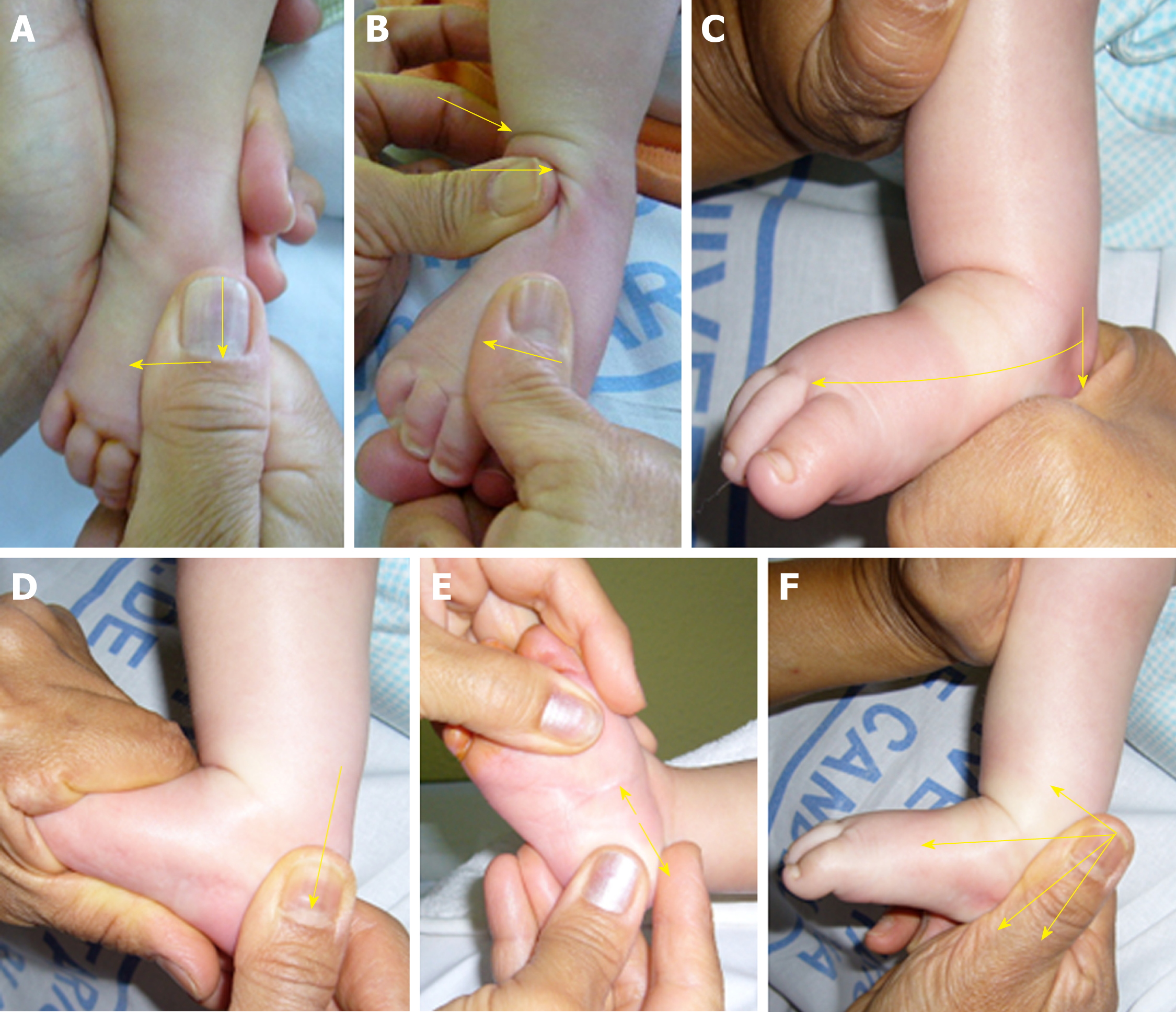



Functional Physiotherapy Method Results For The Treatment Of Idiopathic Clubfoot




Can Clubfoot Be Fixed



Clubfoot Orthoinfo os




Clubfoot Treatment With A Boots And Bar Orthosis
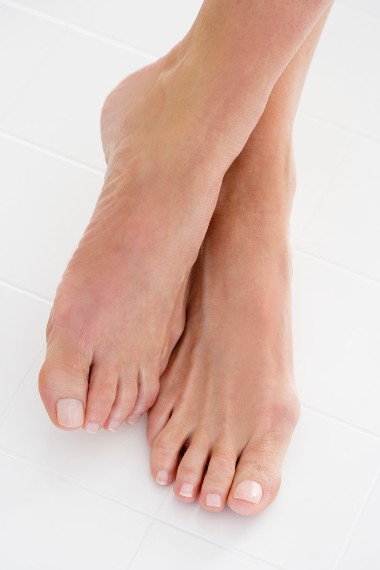



Nhs 111 Wales Health A Z Club Foot
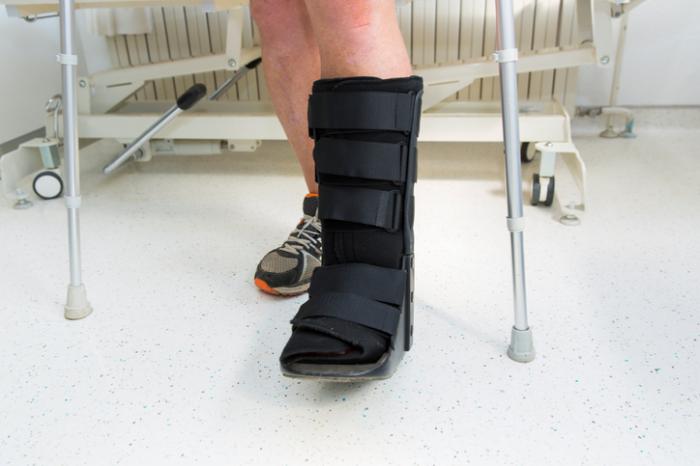



Clubfoot Causes And Treatments




Clubfoot Diagnosis Treatment And Prevention Via Drgreene Com
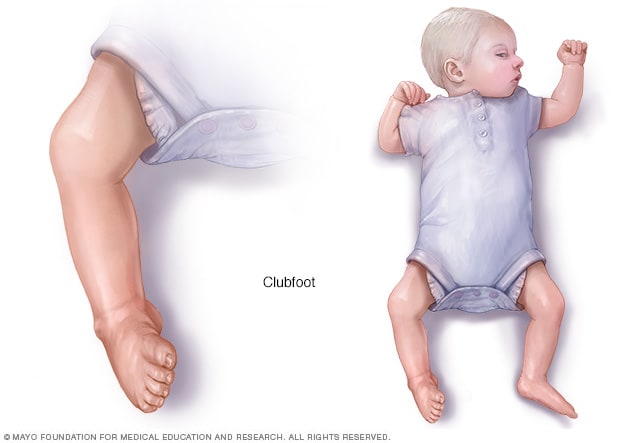



Clubfoot Symptoms And Causes Mayo Clinic



1




Clubfoot Treatment Non Surgical Clubfoot Treatment Ponseti Method Los Angeles




How Parents And The Internet Transformed Clubfoot Treatment Shots Health News Npr
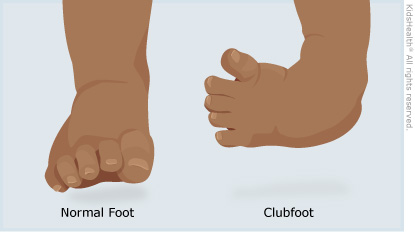



Clubfoot For Parents Nemours Kidshealth




Predicting Recurrence After Clubfoot Treatment Lower Extremity Review Magazine
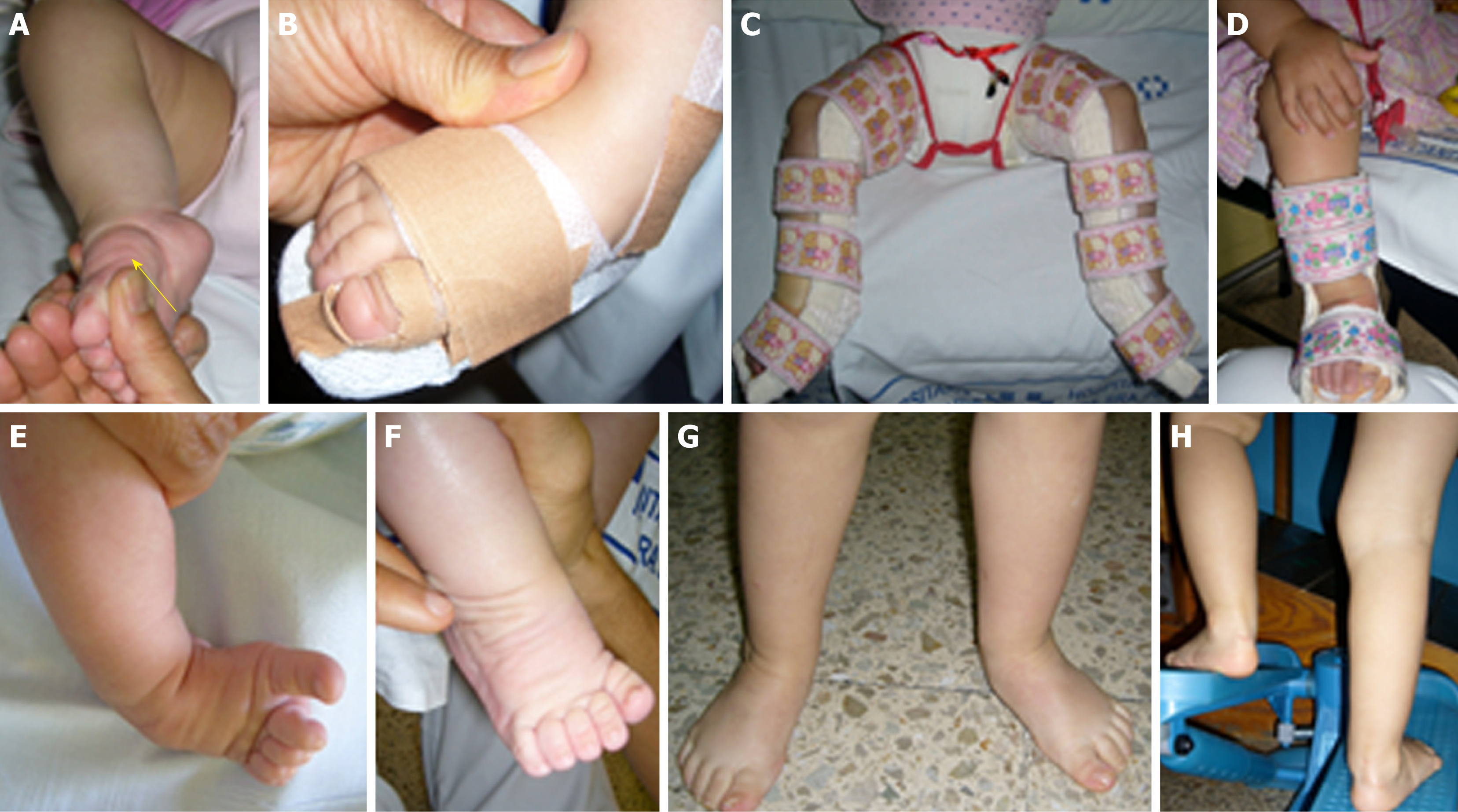



Functional Physiotherapy Method Results For The Treatment Of Idiopathic Clubfoot




What Is Clubfoot And How Is It Treated An Overview Youtube
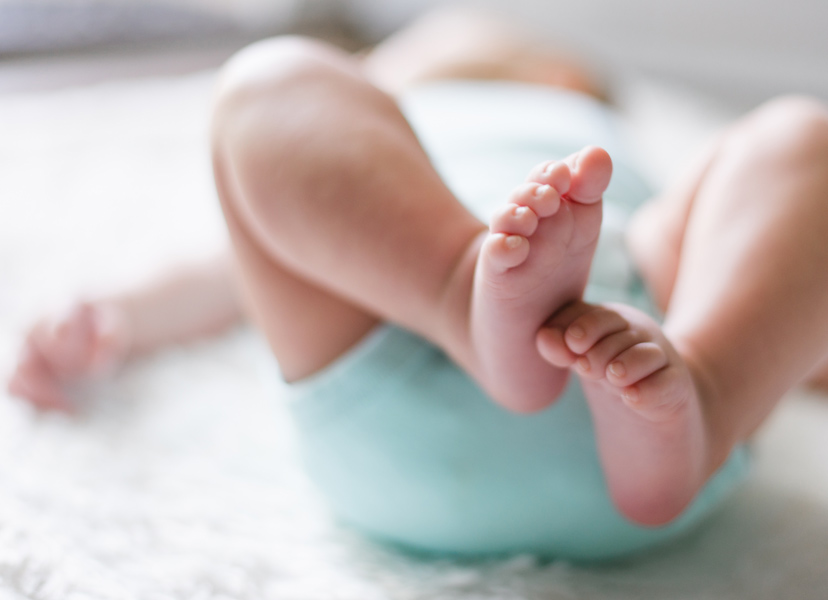



Club Foot Faqs
:max_bytes(150000):strip_icc()/clubfoot_after-56a6fb603df78cf7729142e6.jpg)



Photos Of Babies With A Clubfoot
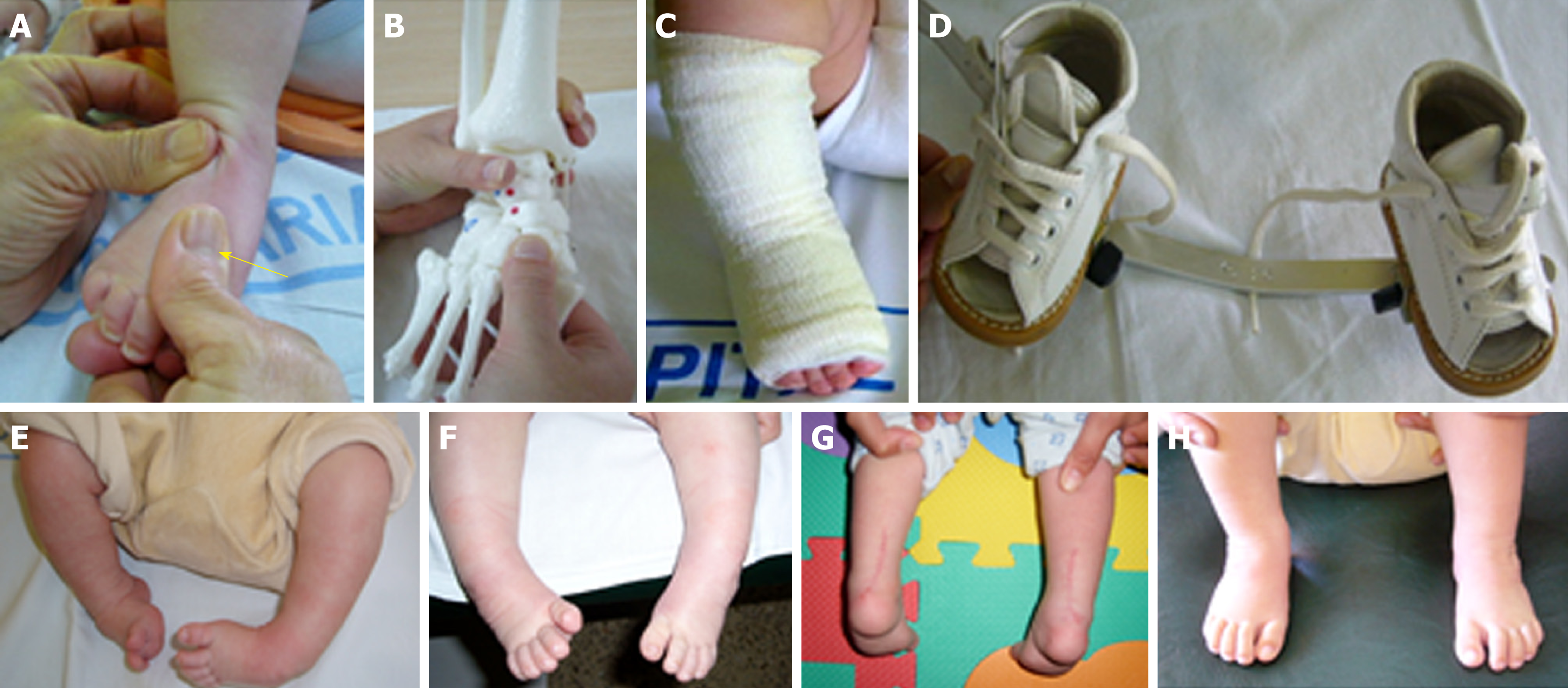



Functional Physiotherapy Method Results For The Treatment Of Idiopathic Clubfoot
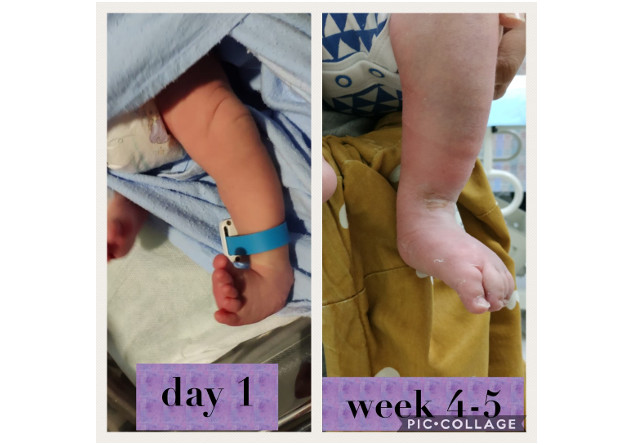



My Baby Has Clubfoot
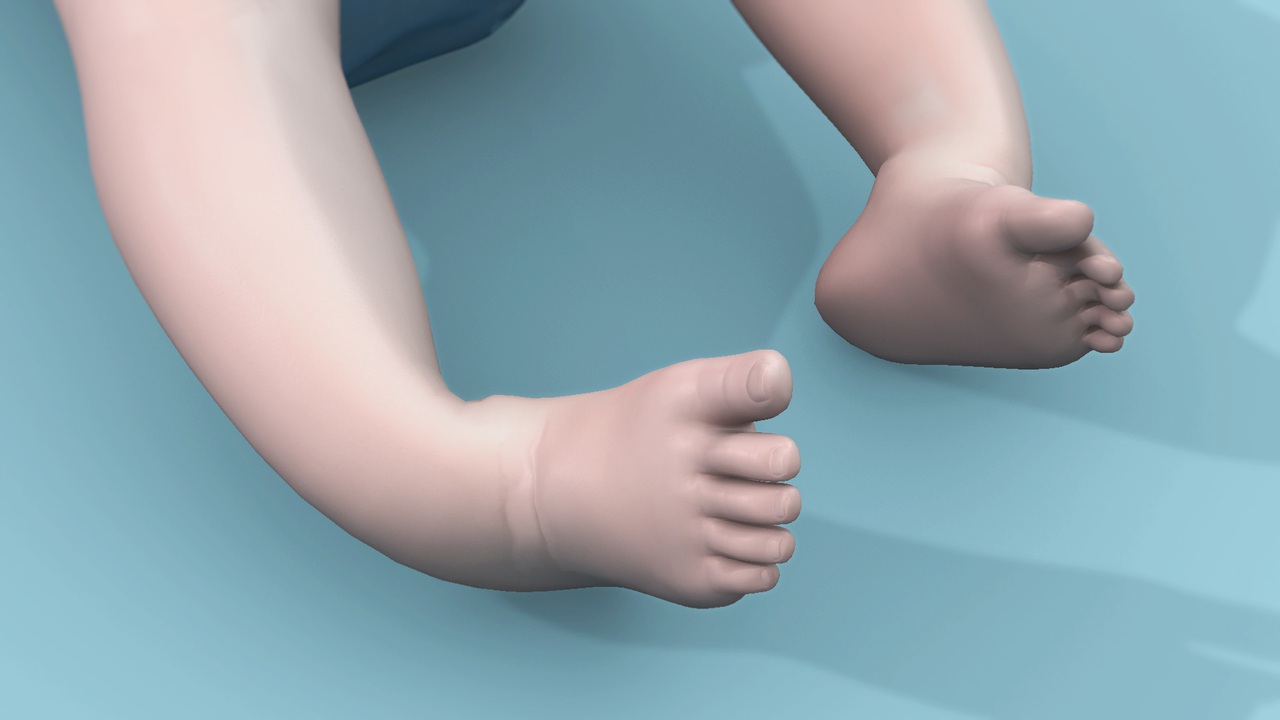



Clubfoot Treatment Bilateral Club Feet Foot Pain
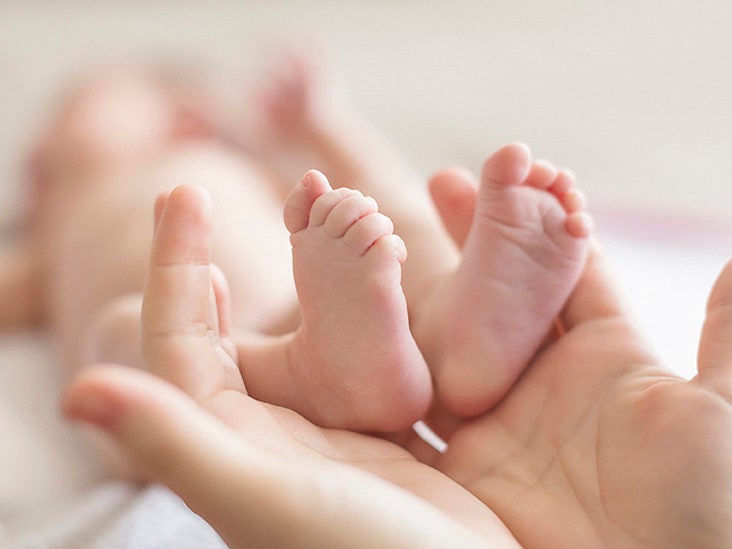



Clubfoot Repair Treatments Procedure Outlook



3




How Is Clubfoot Corrected The Clubfoot Club




To Parents Of Children Born With Clubfeet University Of Iowa Stead Family Children S Hospital




Overcoming Clubfoot One Mom S Story Parents



Partner Organisation Of The Month Zero Clubfoot Global Clubfoot Initiative
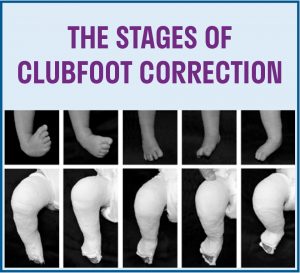



Treatment Strategies Paley Orthopedic Spine Institute



Clubfoot Orthoinfo os
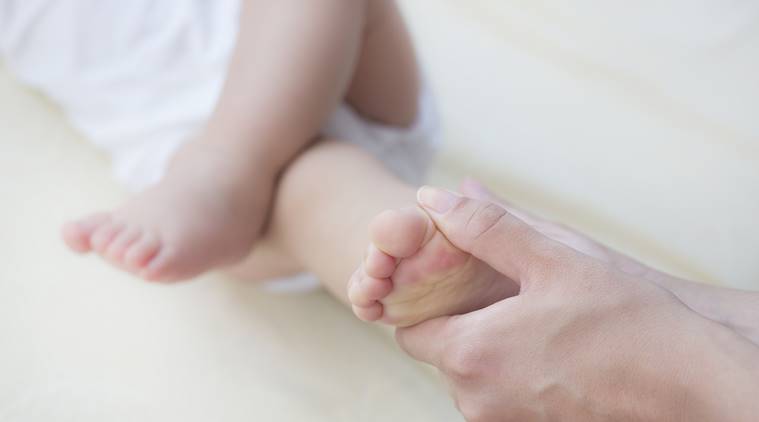



Treating Clubfoot Early May Help A Child Walk Normally Parenting News The Indian Express
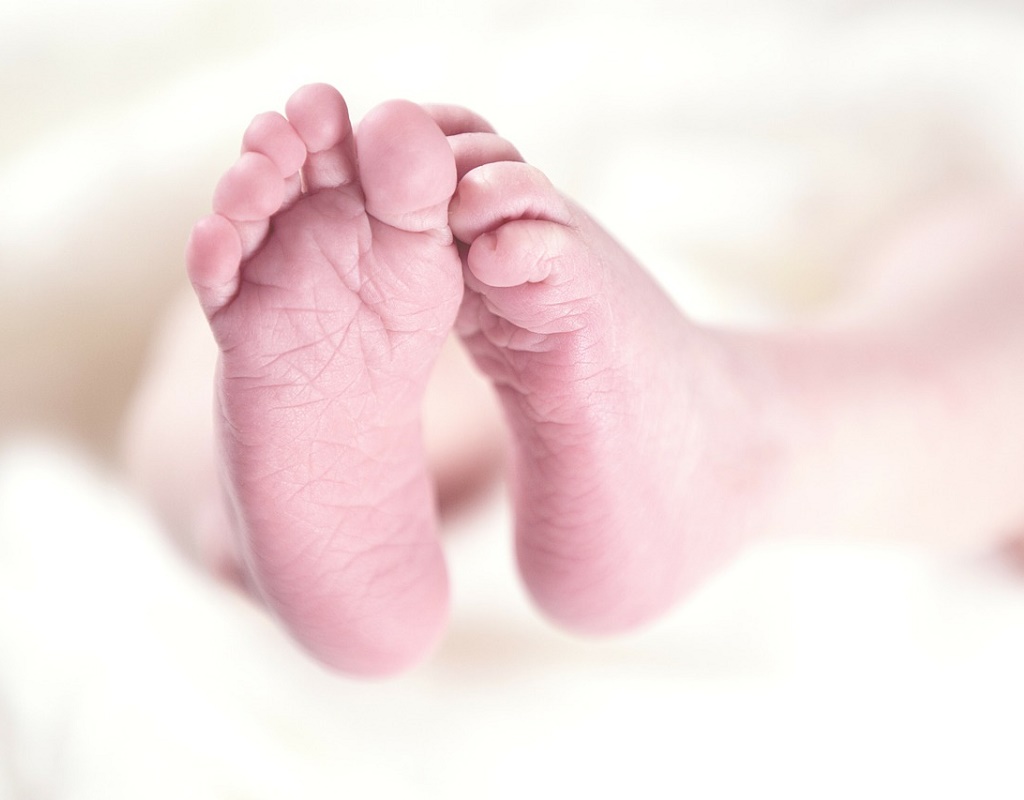



Club Foot Cause And Treatment Family Health Kidspot



1




Treating Clubfoot In Children New Albany In Foot Doctor




Marlowe S Clubfoot Journey How One Mom Went From Devastated To Reassured Children S Wisconsin




Elizabeth S Story
:max_bytes(150000):strip_icc()/clubfoot_before-56a6fb603df78cf7729142e3.jpg)



Photos Of Babies With A Clubfoot
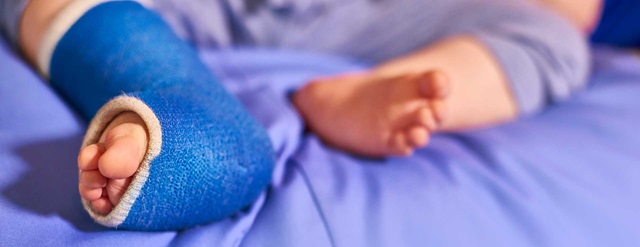



Clubfoot Johns Hopkins Medicine




Is Unilateral Lower Leg Orthosis With A Circular Foot Unit In The Treatment Of Idiopathic Clubfeet A Reasonable Bracing Alternative In The Ponseti Method Five Year Results Of A Supraregional Paediatric Orthopaedic Centre
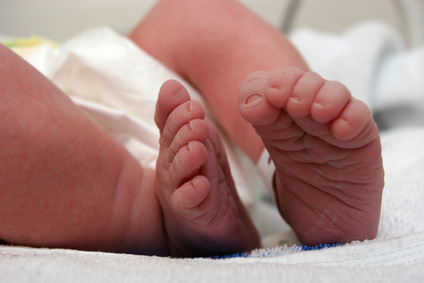



Talipes Club Foot Parents Powwow




A Step In The Right Direction Treating Clubfoot Sans Surgery Health Beat Spectrum Health
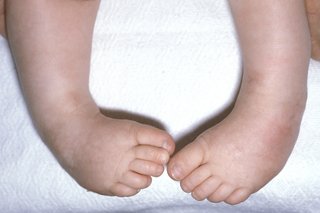



Club Foot Nhs



One Family Two Clubfoot Babies Two Successful Ponseti Treatments Steps
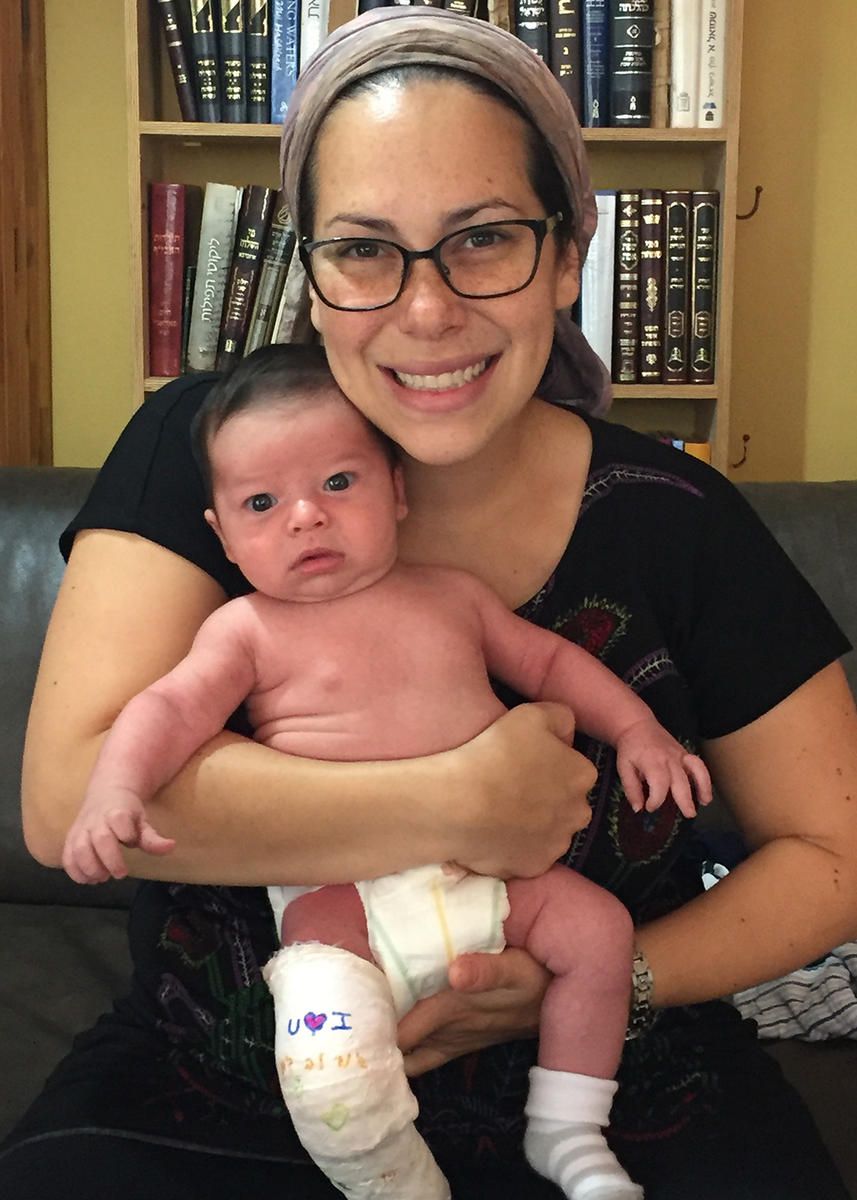



Overcoming Clubfoot One Mom S Story Parents




52 Club Foot Babies Ideas In 21 Club Foot Baby Club Foot Club
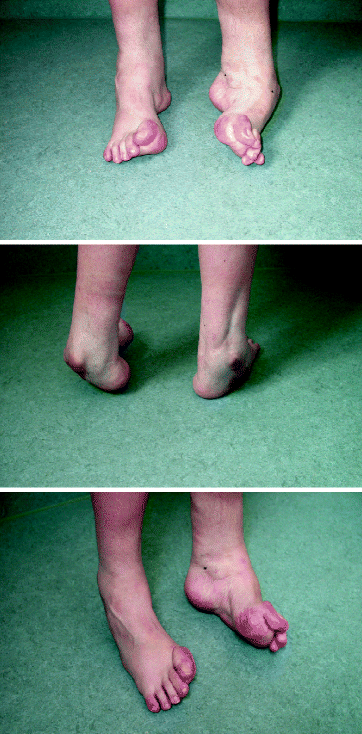



The Current State Of Treatment For Clubfoot In Europe Springerlink
:max_bytes(150000):strip_icc()/GettyImages-976611000-781e705fad0e43aca41e5f5fc82f7b7e.jpg)



Learn About Clubfoot Deformity In Newborns




52 Club Foot Babies Ideas In 21 Club Foot Baby Club Foot Club




Starship Resources For Children Coming To The Orthopaedic Clinic For Clubfoot



Clubfoot In Newborns Paedicare Paediatricians
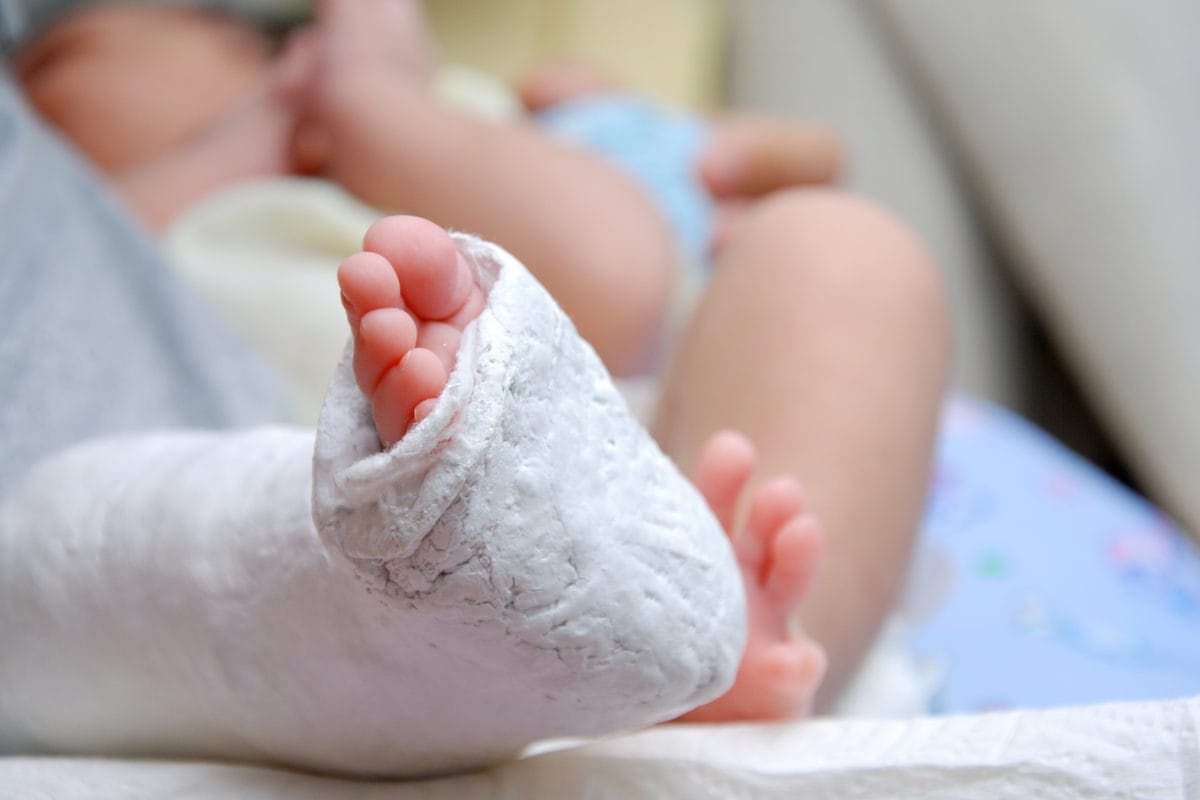



What Is Clubfoot Symptoms And Treatment Familydoctor Org
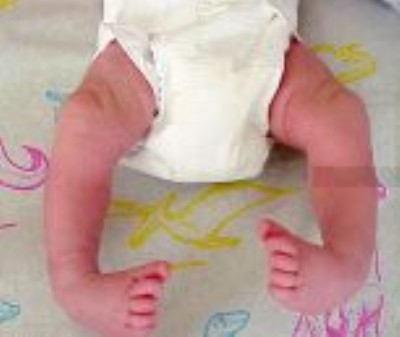



Club Feet Beauchamp Foot Care Beauchamp Foot Care



Partner Organisation Of The Month Cure Clubfoot Worldwide Global Clubfoot Initiative
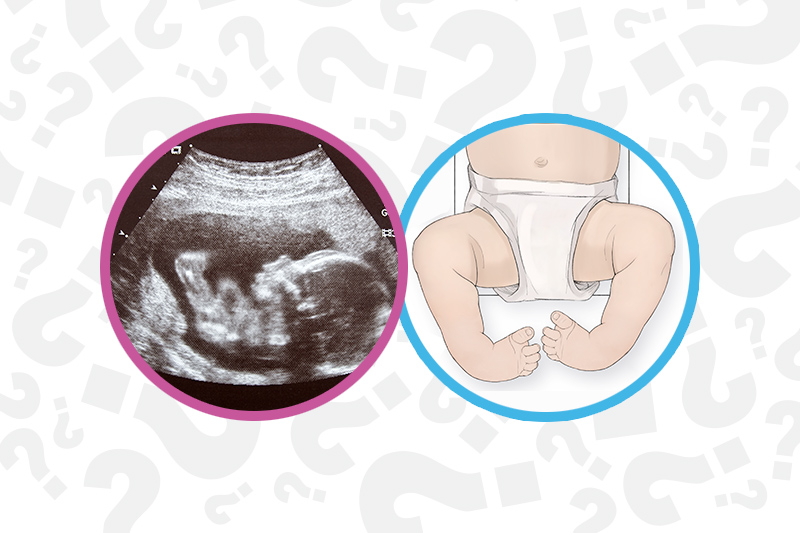



When Your Baby Has Clubfoot Answers For Expecting Parents Boston Children S Answers




How Parents And The Internet Transformed Clubfoot Treatment Shots Health News Npr




Club Foot




Club Foot Nhs




Clubfoot Treatment At Kids Orthopedic Kolkata By Kids Orthopedic Issuu
:max_bytes(150000):strip_icc()/clubfoot_before002-56a6fb5f5f9b58b7d0e5d484.jpg)



Photos Of Babies With A Clubfoot




Clubfoot Healthdirect
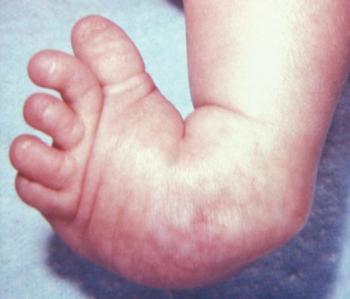



Clubfoot Causes And Treatments




Clubfoot And Other Foot Defects Children S Health Issues Msd Manual Consumer Version




Orthopedic Clubfoot Care Youtube



Clubfoot Orthoinfo os




Clubfoot Boston Children S Hospital




Clubfoot Stanford Children S Health
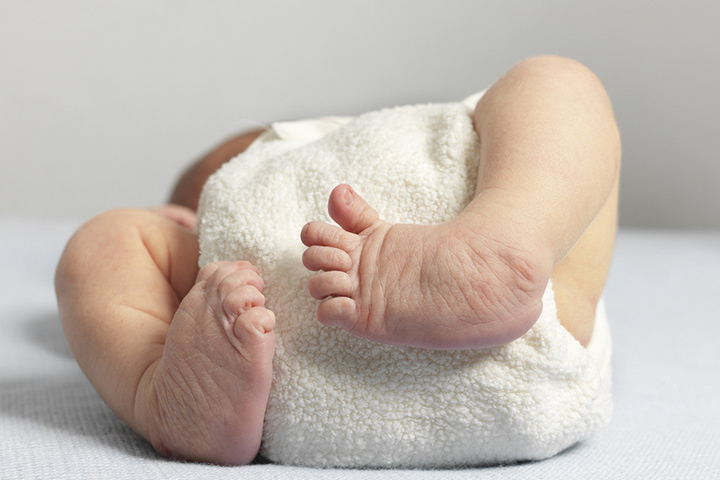



Clubfoot In Baby Causes Diagnosis Treatment Pictures
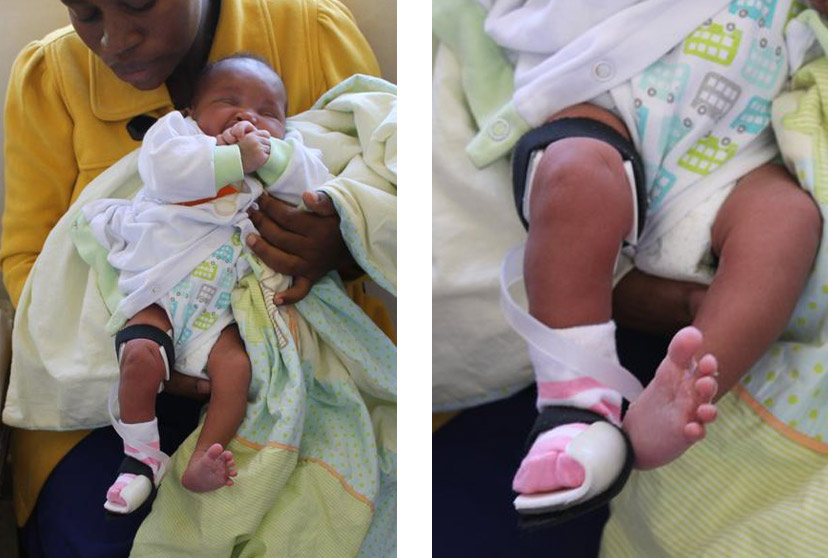



Club Foot Treatment




Club Foot Congenital Talipes Equinovarus About Club Foot Patient




Predicting Recurrence After Clubfoot Treatment Lower Extremity Review Magazine




How Parents And The Internet Transformed Clubfoot Treatment Shots Health News Npr




Club Foot Symptoms And Treatment
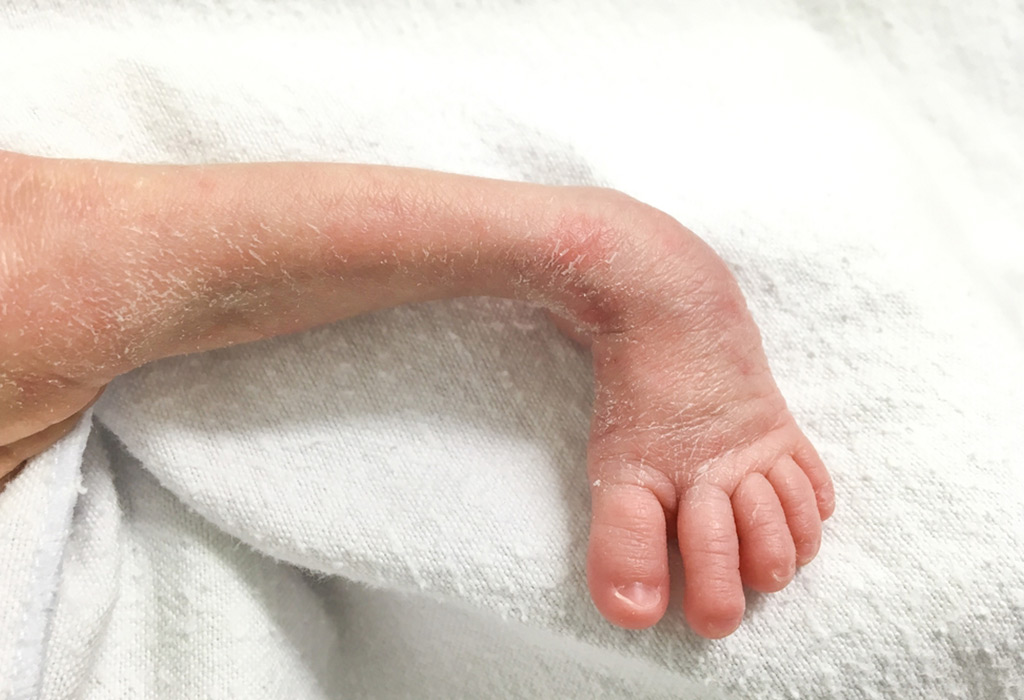



Club Foot In Infants Reasons Signs Remedies




Antidepressants And Clubfoot Birth Defect



コメント
コメントを投稿